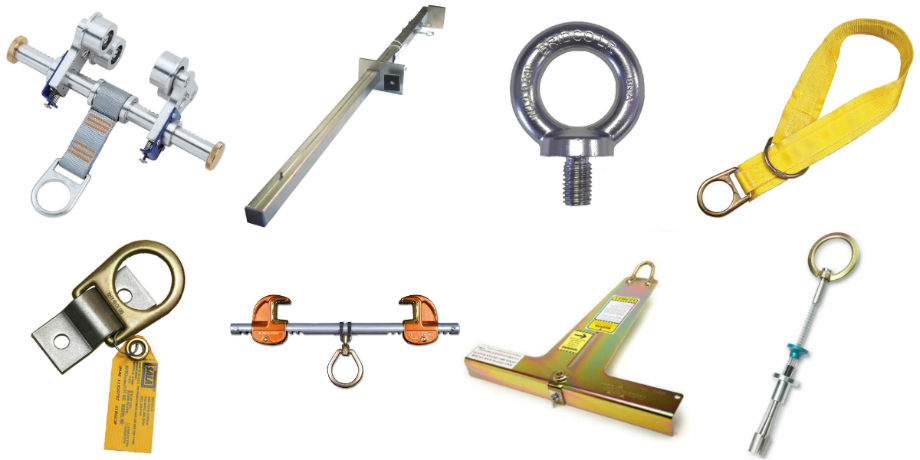
Simply put a fall arrest harness system has three main components. The harness, an anchor point and a lanyard (or like) to connect the two. Generally, the harness and the lanyard part of the equation are simple to solve. Finding a rated anchor point can require more thought. Simple enough when permanent anchors have been installed and certified, but for temporary works in construction or roof work the choice becomes more complicated.
Workplace Health and Safety Regulation (Section 306A) states that each anchorage point must be –
- designed by an engineer for the purpose for which it is intended to be used; or
- inspected and approved by a competent person before the anchorage point is first used by any person.
The Australian Standards, Codes of Practise and the Workplace Health and Safety Regulation provides clear guidelines regarding the strength, testing and engineering of fall arrest anchors. However, the selection and use of temporary fall arrest anchors falls to the user.
The selection and installation of these anchors needs to be carefully considered and must be performed by suitably qualified and experienced persons. The manufacturer’s instructions must be strictly adhered to and if there is any doubt as to the strength of the structure it must be assessed by a structural engineer.
The information below provides an introduction to the range of temporary fall arrest anchors that are available on the market for use on roofs or in the construction industry.
Tie Off Adaptors and Anchor Slings
Tie Off Adaptors and Anchor Slings come in a range of styles and lengths to suit a range of applications. Usually manufactured from webbing or wire rope and supplied round or flat with a formed eye at each end or interlocking metal rings. This type of anchor needs protection from sharp abrasive edges. These temporary fall arrest anchors depend on the strength of the structure that they are attached to.
Eyebolts and Anchor Plates
Any number of rated eye bolts and anchor plates are available to connect to concrete or bolt through steel. They provide an effective method of creating an anchor but are arguably one of the anchors that are most often installed incorrectly. If mechanical or glue in fixings are being used to install these devices, they need to be proof loaded prior to its initial use as outlined in AS/NZS 1891.4.
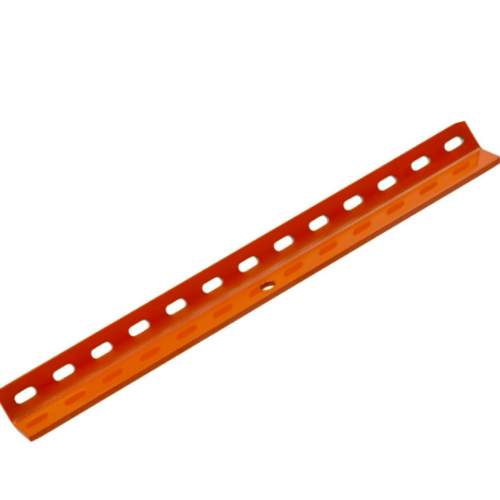
|
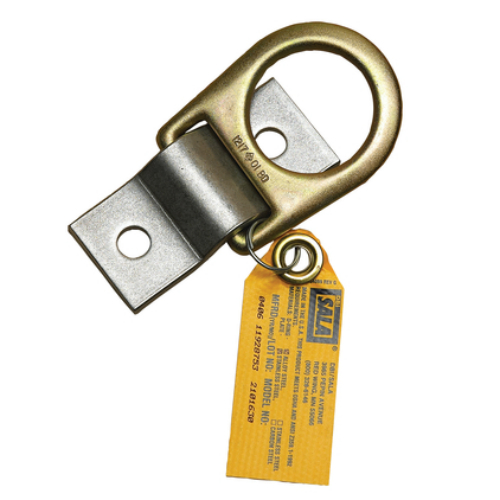
|
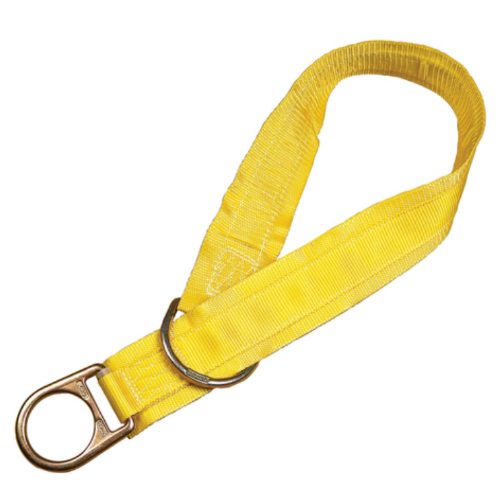
|
Tether Plates
There is a range of tether plates for work on steel roofs. Tether plates are designed and rated as fall arrest anchors but it is recommended that the “restraint technique” is used. They are quick and simple to install and can be used on timber or metal battens and steel purlins. Installation requirements and fixings vary between devices so it is important to read the manufacturer’s instructions. Ideal for use on residential metal roofs by solar installers, roofers, plumbers and other trades where permanent anchors are usually not installed.
Removable Anchor Bolts
The removable concrete anchor is a reusable device designed for use in concrete applications. They are installed in a pre-drilled hole and best used in overhead or ceiling applications. There is some conjecture as to whether the anchor needs to be proof-loaded before use (as they are a friction anchor). The instructions for the use of this product state that the anchor should be “tugged” to set it and makes no mention of a requirement for a proof load.
T-Bars
Manufactured for use on metal roofs these anchors are designed to clip to the edge of a metal deck roof sheet. They act as a temporary fall arrest anchor when working on the opposite side of the roof to where the anchor is fixed. These can be set up to provide fall protection before the roof is accessed. This provides safety while transitioning from the ladder to the roof. Used in combination with tether plates it can provide a complete system for temporary access to metal deck roofs.
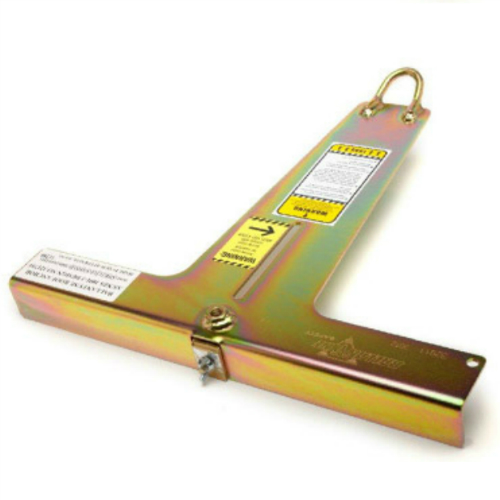
|
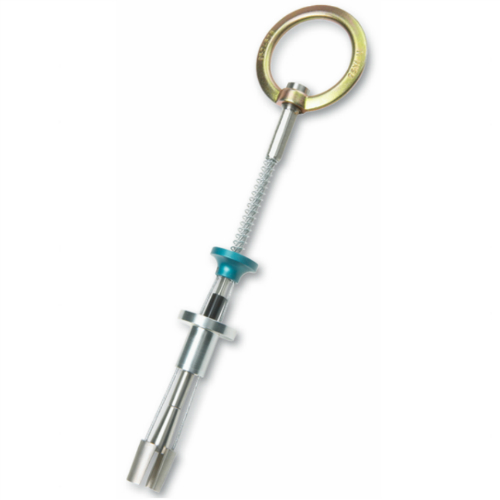
|
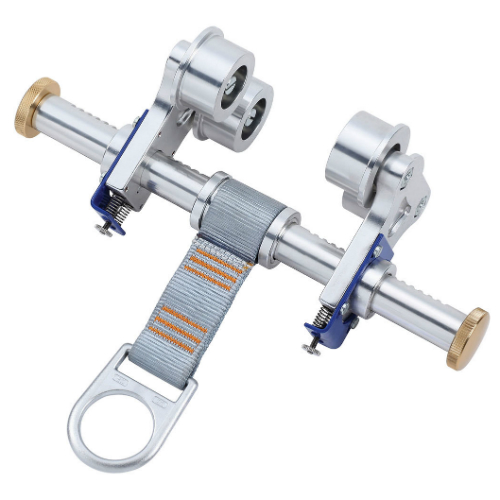
|
Beam Clamps
Structural steel is a great option when looking for an anchor point (not decorative steel or roof joists, necessarily, but good, strong, load-bearing steel beams). Quick and easy to install the anchor fits a wide range of I and H beams. These anchors come as fixed or with rollers depending on whether the user needs to travel or not.
Door Jamb Anchors
Some manufacturers now produce a “door bar”. This metal bar is adjustable in size and is wedged into place on the opposite side of a door or window jamb from where the work will take place. Used properly, the door bar can be a quick, easy and effective temporary anchor point.
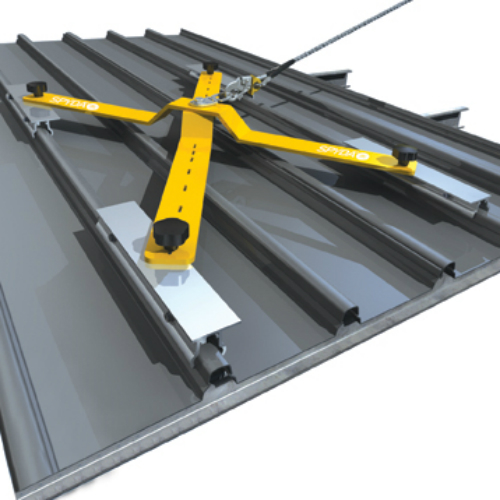
|
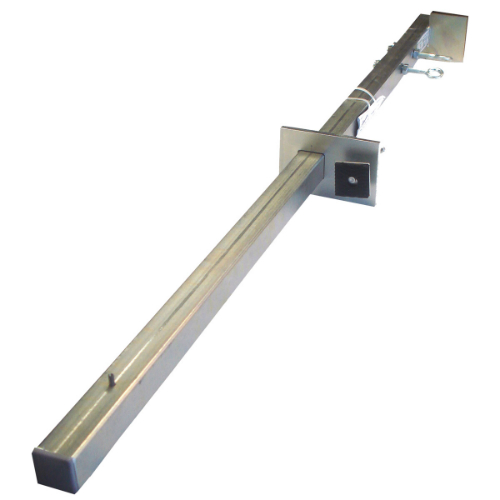
|
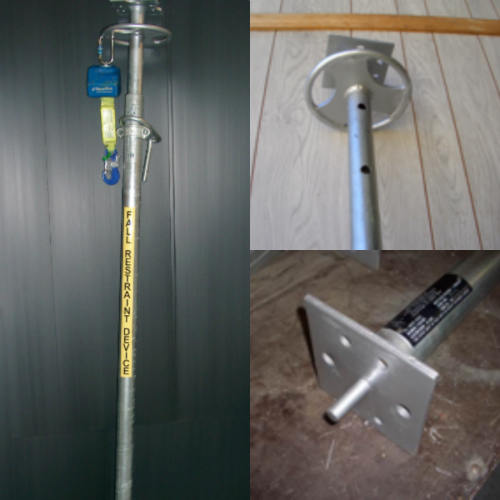
|
Speciality Anchors
The Spyda Temporary Anchor is a versatile anchor that can be used in a range of applications. The Spyda Screw-fix can be used with like the standard tether plate but when combined with the Spyda Clamps can clip on to some roof structures without the need to penetrate the metal deck. In some circumstances, the Spyda Screw-fix can be used to anchor the end of a temporary webbing static line. (Specialist advice must be sought for this type of use).
The AK Innovations Anchor Post is designed for use in the construction industry. It is a temporary concrete anchor that is simple to install and does not require proof loading. When the anchor post is installed the connection point is above head height allowing the user to work using the “restraint technique”. This anchor can also be used with temporary static lines.
At the risk of repeating myself the information above is advisory only and should not be used in place of suitable training and experience. Height Dynamics offer a range of products that can be used as temporary fall arrest anchors. Please contact our sales team for specialist advice on the correct anchor for your particular application.
